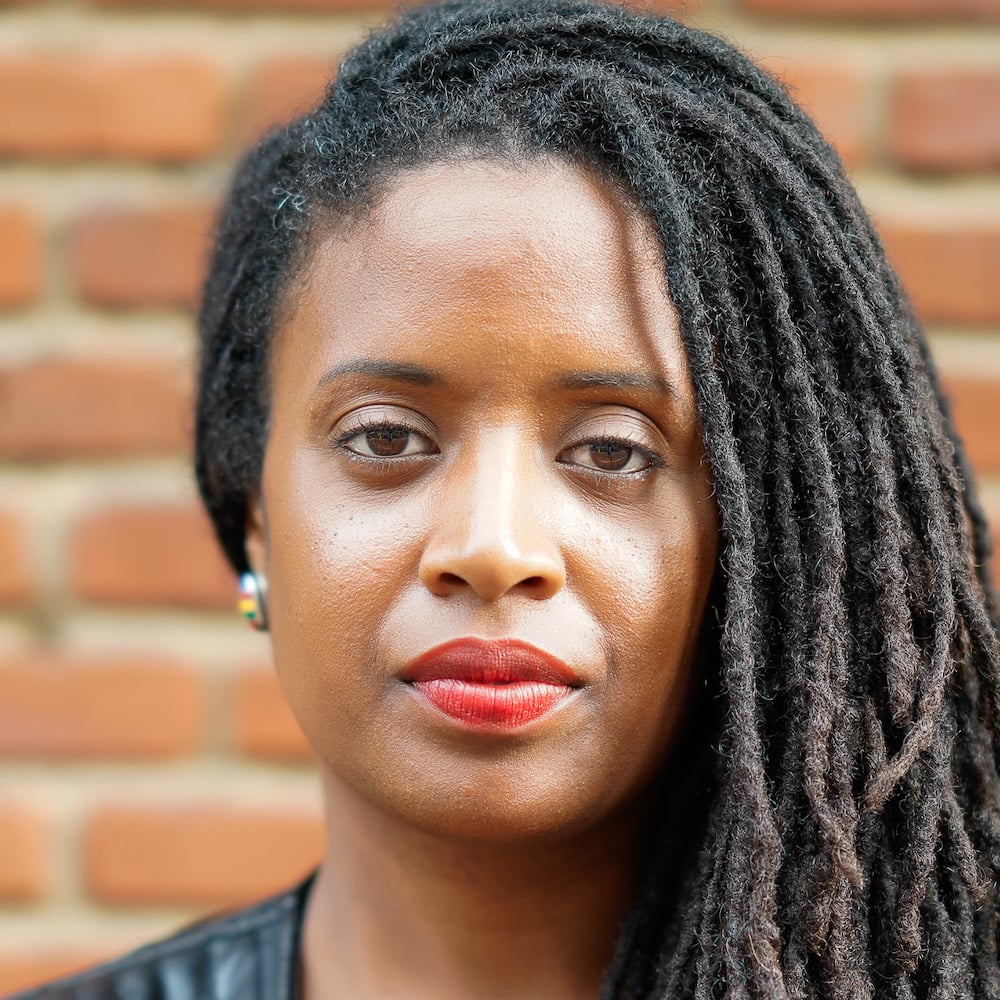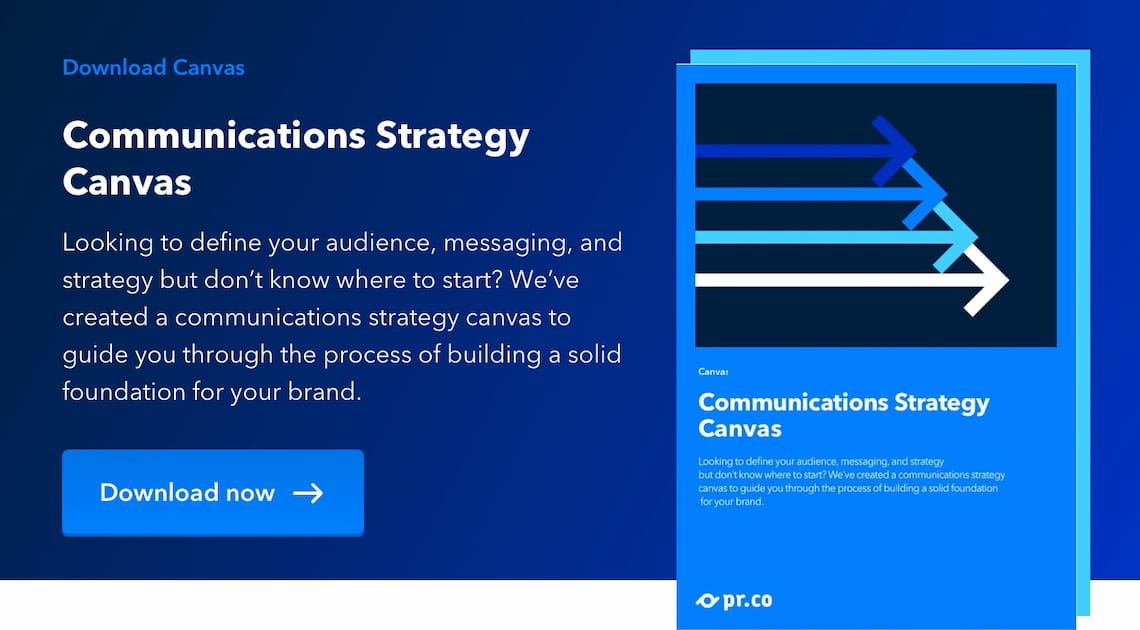A lack of diversity not only affects your bottom line but demonstrably hinders the quality of creative output and innovation. In fact, taking an anti-diversity posture can actually hurt long-term profitability. We sat down with Jenna Burton, co-founder and Creative Director of Wild Fruit, on what it means to actively create space in companies for inclusion and representation.
.jpg?width=736&name=311702-unfold-diversity@2x-0c1388-original-1557234751%20(3).jpg)
Creative diversity: a case for inclusion and representation
As a working professional, I’ve made a number of career changes - from community relations to academic research to creative communications - the most recent being the role of Creative Director of Wild Fruit Agency. Over the years, I’ve addressed audiences in a number of different contexts— to share clinical research findings, amuse readers with tales of dating misadventures, or convince electoral constituents to take civic action. But the common thread throughout my work has been focused on engaging the individual.
It is well understood that communication is a means to inform, entertain or persuade, but most importantly, to deliver a message that resonates with the audience. However, my aim, rather than being a painful attempt to appeal to the masses, is to tell a singular story that truly reflects the individual. It is the individual we want to win over and, as a content creator, I strive to always present my audience with an authentic and inclusive story.
With that said, I implore creative teams and communications departments to consider the place of authentic storytelling within the context of diversity and inclusion. In 2016, Forbes magazine published an article that discussed the influence of diversity on a company’s ability to innovate, and how that impacts the bottom line. The article makes a fairly strong case for creative diversity: ‘In a fast-changing world, where the ability to innovate is now recognized as the main competitive edge, companies must seek to create more diverse teams.’ In fact, ‘taking an anti-diversity posture may actually hurt their long-term profitability.’ For companies (and their stakeholders) with creative teams that don’t heed the call for active inclusion, the consequences could be more damaging than they think.
In a fast-changing world, where the ability to innovate is now recognized as the main competitive edge, companies must seek to create more diverse teams.Forbes
.jpg?width=736&name=DTS_New_Age_of_Work_Alex_Tan_2958%20(1).jpg)
The value of creative diversity is immense.
The myriad of experiences and perspectives within a team are an incredible resource that drives vision and allows a more unique approach to storytelling. The advantages of working with designers, developers, marketers, and copywriters from multiple backgrounds are evident in a team’s ability to produce more compelling and nuanced content, and that makes a strong case for creative diversity.
.jpg?width=736&name=DTS_Weekend_Brainstorm_Kristine_Isabedra_2909%20(1).jpg)
Jenna Burton is a Senior Brand Copywriter at Catawiki, writing content for tech, medical, and energy industries. She co-founded Wild Fruit Agency in 2020 and worked as a writer at J.A. Burton, writing for brands like Heineken and Tommy Hilfiger. An anthropologist by training and researcher by trade, she takes unconventional approaches to crafting content. Jenna is a content strategist, creator of customer journeys, and craftswoman of data and knowledge-driven messaging.. Connect on LinkedIn or send an email







